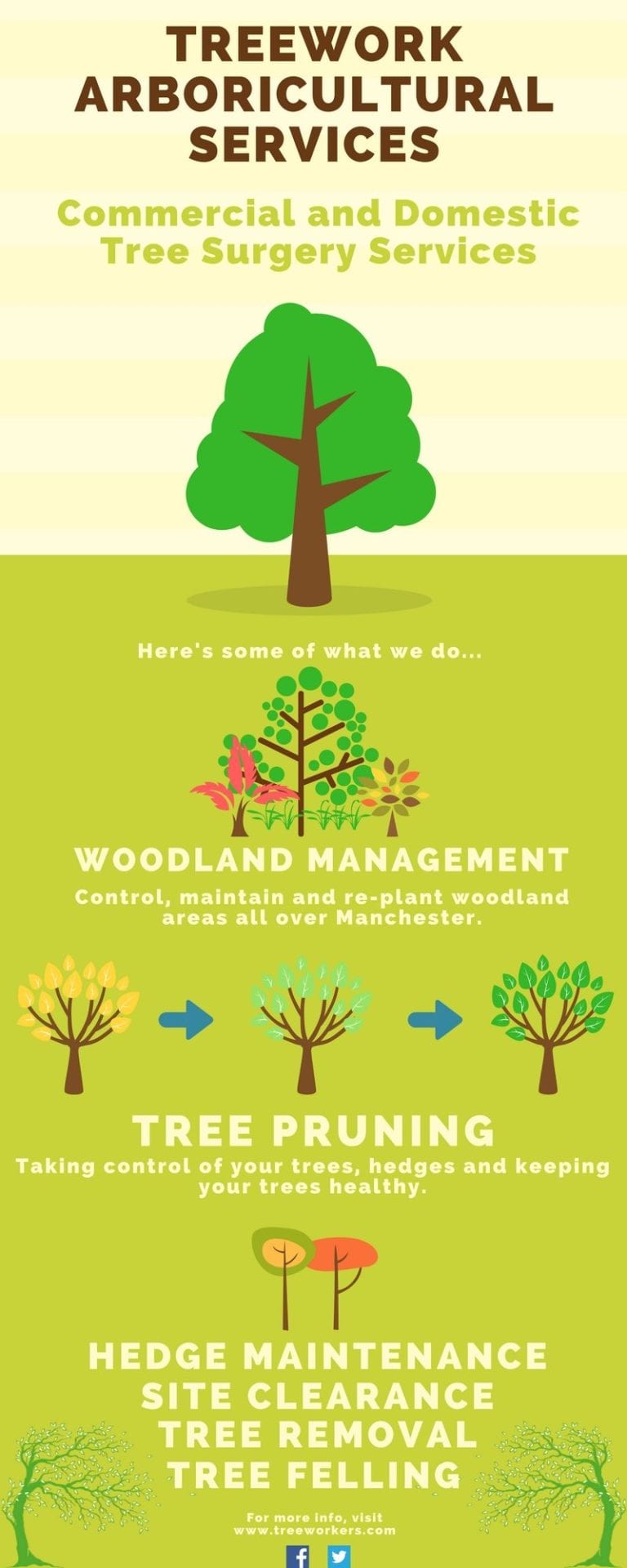Post-Tree Removal Therapy: Effective Methods For Landscape Restoration
Post-Tree Removal Therapy: Effective Methods For Landscape Restoration
Blog Article
Short Article Developed By-Nunez Massey
After a tree's removal, your landscape may look rather various, and it's essential to assess the aftermath carefully. You'll wish to assess the dirt disturbance and check surrounding plants for any type of indicators of stress and anxiety. Neglecting these factors can cause bigger issues down the line. So, what should you perform with those stumps and roots? And how do you pick the very best plants for your revitalized area? Let's discover these essential actions.
Evaluating the After-effects: Assessing Your Landscape
After a tree elimination, it's important to examine your landscape to understand the impact it has on your yard.
Start by examining the location where the tree stood. Seek indications of soil disturbance, and check the bordering plants for any kind of stress or damage.
You need to also remember of just how the removal has transformed sunlight direct exposure and airflow in your yard. How To Trim Tree Branches Yourself can affect the growth of nearby plants, so it's necessary to examine their health.
Take into consideration the aesthetic elements as well; the elimination might produce an open space that you can revamp.
Finally, consider any possible disintegration problems that might arise from the tree's lack. Addressing these variables early will help bring back balance to your landscape.
Taking care of Stumps and Roots: Options for Removal
Once you have actually examined the consequences of the tree elimination, you'll likely require to take on the stump and roots left.
You have a few choices for elimination. One efficient technique is stump grinding, where a specialist makes use of a device to grind the stump down to underground degree. This technique leaves very little disturbance to your landscape.
If you favor a DIY approach, you can utilize a combination of digging and chemical stump cleaners. Just keep in mind, this process can require time and initiative.
Alternatively, consider leaving the stump as an all-natural function, which can work as an one-of-a-kind yard component or environment for wild animals.
Whatever you select, addressing the stump and origins is necessary for recovering your landscape.
Choosing the Right Plants for Your New Space
As you analyze your recently gotten rid of area, selecting the right plants can considerably improve your landscape's elegance and performance.
Begin by considering the sunlight and dirt conditions. For bright areas, choose drought-resistant plants like lavender or succulents. In shaded areas, ferns and hostas grow well.
Think about the size and growth behaviors of your plants; mix perennials and annuals for seasonal selection. Don't fail to remember to integrate native types; they call for much less upkeep and support regional wildlife.
Group plants in odd numbers for a much more natural appearance and develop layers for visual depth.
Ultimately, ensure you have a mix of shades and textures to keep your landscape vivid throughout the seasons.
Satisfied growing!
Final thought
In conclusion, recovering your landscape after tree removal is a fulfilling procedure. By analyzing the after-effects, attending to stumps and origins, and picking the right plants, you'll produce a thriving environment. Do not forget to incorporate disintegration control actions to protect your soil. With a little effort and treatment, you can transform your room into a vivid yard that enhances your building. Welcome Emergency Tree Removal Service Near Me to renew your landscape and delight in the appeal of nature right in your yard!
